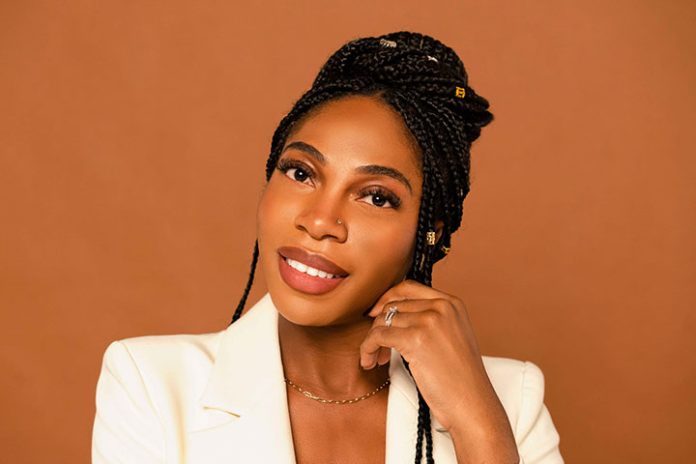Your corporate headshot is a statement about who you are and the company you work for, so it’s essential to get it right. It is important for other people to see the attributes and characteristics you wish to reflect, whether on your company’s blog, or its literature. Think of it as your first impression or personal brand in the corporate world.
Every element of your photo, from your expression to the quality, can say a lot about you. A good corporate headshot reinforces values, reflects you well, and builds trust—such a seemingly simple thing can hold a lot of weight. To take the best shot, here are some tips to consider:
Pay attention to the setup
The setup of your shot matters and deserves just as much consideration as yourself. Your background can be either a plain wall, a green spot of nature, or a clean interior in your house or office. You can opt for either natural or studio lighting, too—whichever one is more flattering. Even the kind of camera and equipment used is something to note. Photographers have the option to shoot using different camera lenses, particularly from compatible brands like Sony, Canon, Nikon, and Fujifilm — depending on the type of image you’re targeting. The right lens can also selectively manipulate depth of field and provide access to various subjects, whether near or far, depending on focal length. Some lenses might make your features look unnatural if not taken correctly, while ones like portrait lenses make you look more proportionate to the viewer. Given all these factors, it helps to ask your photographer plenty of questions and listen carefully to their advice to maximize their setup to your best advantage.
Express yourself well
Your expression in your headshot can make all the difference between an authentic and natural-looking shot versus one that seems staged. If you’re looking for a job, it can also influence hiring decisions. Smiling and neutral expressions can make you look more competent, while thinking poses do the opposite, and they look less natural. Before taking your headshot, you can practice your expressions in a mirror to see which suits you and your personality best.
Wear the right clothes
The attire you wear for your corporate headshot is one of the first things people will look at when they see your photo. You’ll want to look put together and presentable, but you also don’t want to call attention to your clothes too much or look distracting. Avoid loud prints and clunky jewelry or colors like white that don’t photograph well. An elevated and professional version of your regular office wear would be an excellent choice to consider or put on something you’d wear to an important business meeting. Solid suits paired with light-colored long-sleeved shirts or blouses are always a tried and true combination, and always make sure they’re pressed or ironed beforehand. Keep things classy and elegant, and you’re good to go.
Keep it simple
You don’t need to overthink too much about your headshot, and doing so might veer you off-track from taking the simple route, which is the best one. You don’t need to add quirky additions to your clothes or hair to try and capture everything about yourself; stick to what you’re familiar with and comfortable with while staying professional. Keep makeup minimal and flattering to enhance your features. You can also style your hair up how you would usually but keep it neater or style it professionally. You can wear accessories, but don’t go too crazy with them. Your best bet is a nice pair of earrings, a necklace, or a tie with an attractive print. Remember that many people will see your headshot before meeting you, so you’ll want to look your best.

